Philippine Immigration Tips for Unemployed and Homebased Online Worker or Freelancer
Finally publishing this article – Philippine Immigration Tips for Unemployed and Home-based Online Worker/Freelancer.
Passing through immigration is nerve-wracking especially if you are a first-timer or unemployed or an online worker. It’s a bit different from having office jobs here was you could easily present your company ID, and they wouldn’t ask you too many questions. With many offload stories we hear or read from Facebook, it makes us doubt whether we could make it or not.

Immigration Officers are strict in screening people because that’s their job; they want to monitor the people leaving the country, make sure those that are going out for “tourism” won’t TnT or work abroad, and the citizens won’t be involved in Human Trafficking. They are there to check whether your intentions are genuine and to keep you safe.
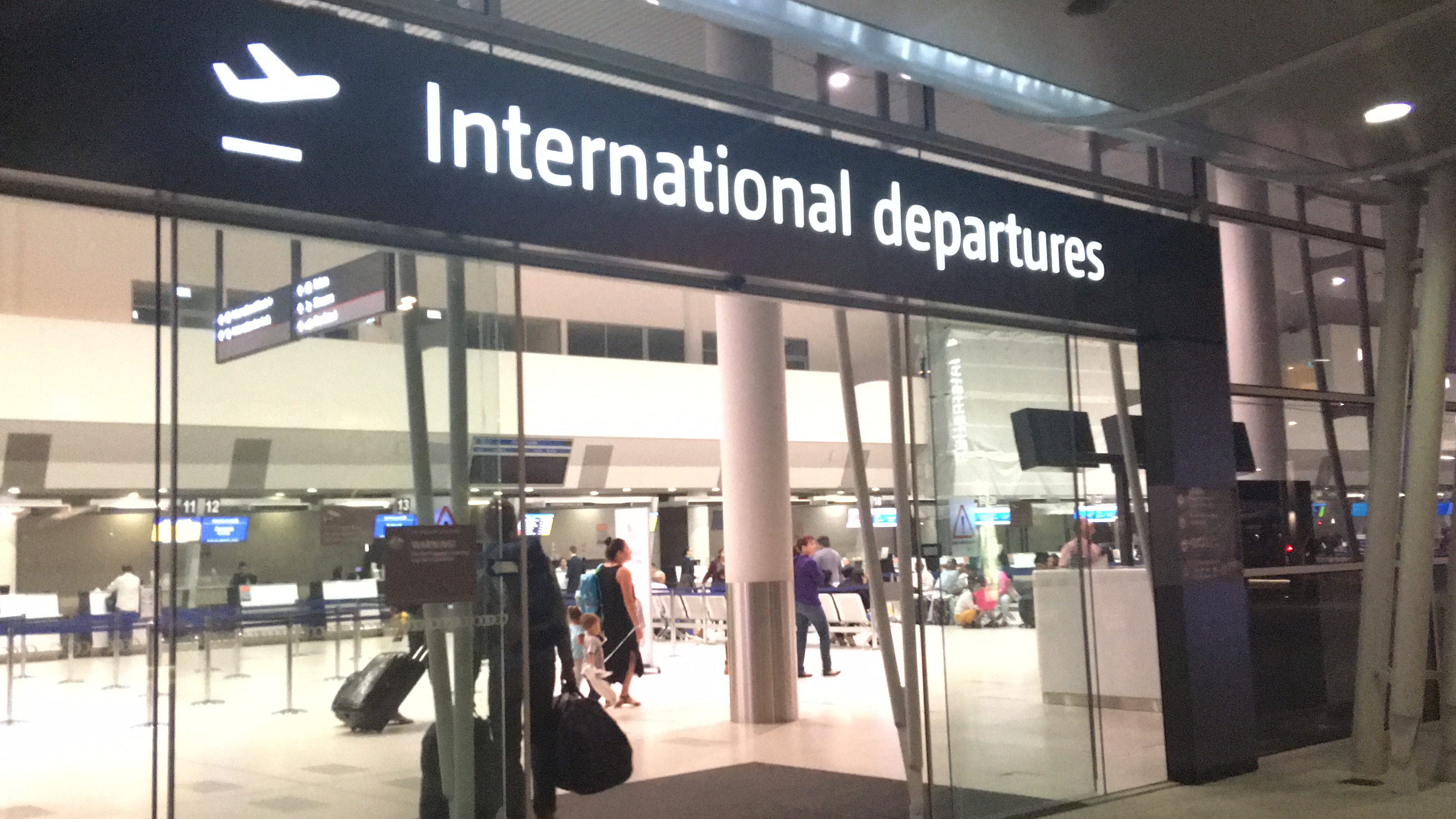
A bit scared? Here are helpful tips that could help you pass through Philippine immigration, especially if you are unemployed or a home-based online worker or a Freelancer:
Table of Contents
Check Your Passport
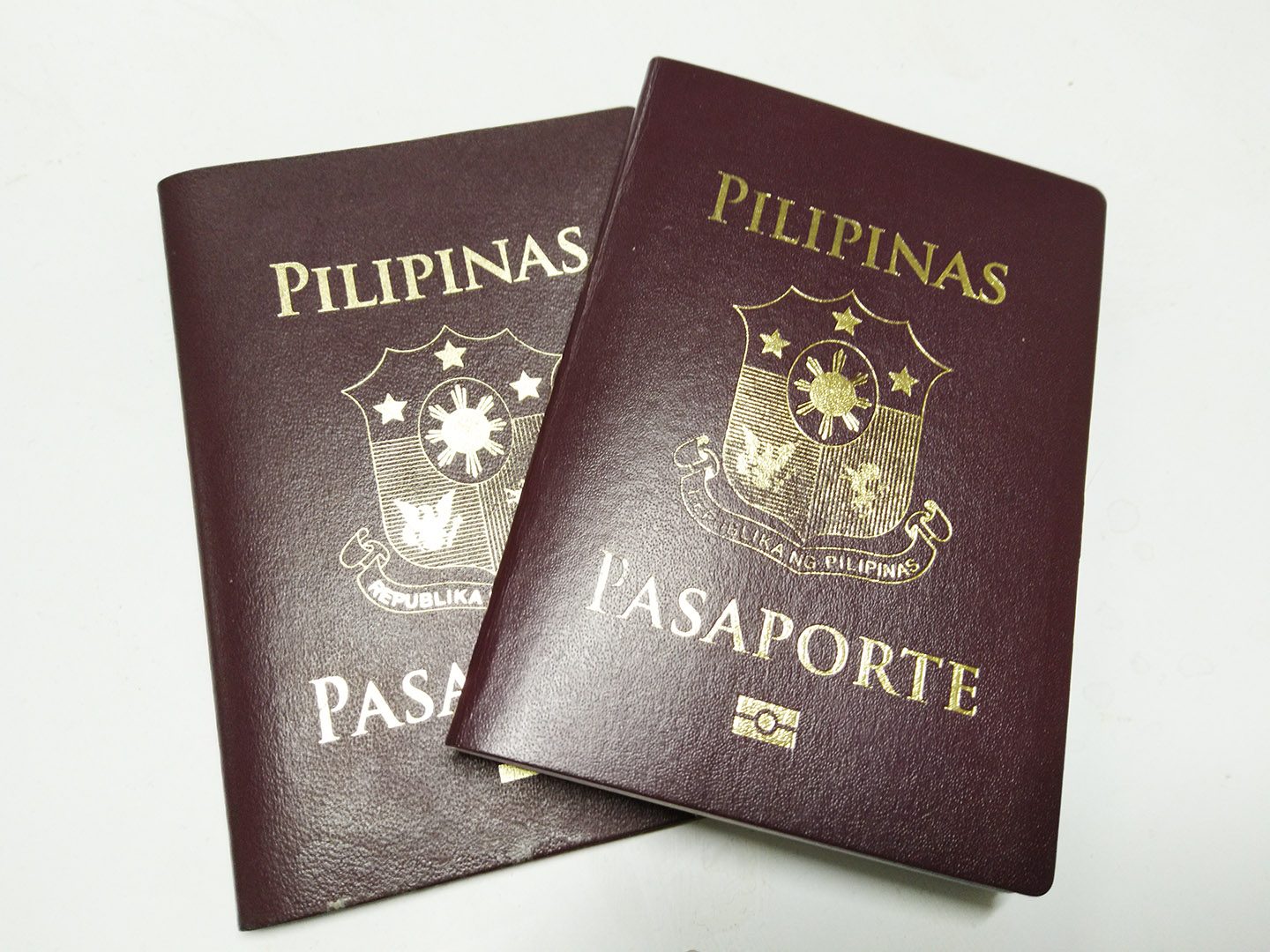
Before going abroad, check if your passport is still valid; no visible tears or wet marks or if the bar code is still readable. See if it is still valid six months before your flight. If it is not, please renew it as soon as possible.
Apply for Visa (if Possible)
Check if the country you are applying for is Visa-Free or Visa on Arrival; here’s the list. If it’s not, make sure to apply for a Visa or an eVisa before your departure.
Prepare necessary documents

Remember, as an unemployed citizen; the IO will check if there’s a possibility that you are going outside the country to look for a job. Don’t be pasaway and pretend to be a tourista to go out of the country and get employed there, madadamay yung taong gusto lang magbakasyon kasi magiging mahigpit ang IO if mag-iincrease ang TNT. So if you’re going there to relax and have a vacation, here are the documents needed for the unemployed:
- Return Ticket – a proof that you’ll come back to the Philippines
- Bank Statements or Credit Cards – even if you are unemployed, you need a document showing you have money to afford your trip abroad
- Affidavit of Support – in case another person is paying for your trip
- Proof that you are on vacation – hotel bookings, attraction bookings
- Itinerary –evidence that you know where you are going
For freelancers, the crucial point there is proving that you are one and that you indeed have a job and not looking for another outside of the country. Here are the documents needed for an home-based online worker or a freelancer:
- Return Ticket – a proof that you’ll come back to the Philippines
- Proof that you are on vacation – hotel bookings, attraction bookings
- Itinerary –evidence that you know where you are going
- Certificate of Employment or Contract – you can ask this from your employer or client
- Paypal Transactions or Receipts or Bank Transfers – proof that the client or employer is indeed paying you for your services
- Conversations (you can screenshot them or open them in your phone or laptop just in case the IO asks for more proof)
- Bank Statement or Credit Cards – though it’s not vital as you have proven you have a job, it’s better safe than sorry
I don’t have a bank statement because I’m not paying for my trip, what will I do?
If you’re traveling with your sponsor, then you can tell the IO that he/she will cover your expenses. An affidavit of Support may be asked. If it’s with family, it will be a breeze. However, if it’s your boyfriend or girlfriend, they might ask for pictures or proof. If the person is a foreigner, IO will also ask how long you’ve been together and see photographs; this is to avoid human trafficking.
Make sure you have the documents of your sponsor – their ID, proof of your relationship, and also their proof of address.
I don’t have an itinerary; I’ll go with the flow when I’m there.
If you don’t know where you are going, then that’s pretty dangerous and might get you offloaded because you’re a good target for being trafficked. Also, if you don’t have one, IO will get suspicious and think you’ll be applying for jobs instead of touring.
I don’t have an itinerary; someone I know is touring me.
It’s better to ask in advance what you will do or research the place you’re going to. With technology and social media, you can easily copy one’s route. I recently saw a post that an unemployed person travels for the first time abroad and was asked for an itinerary, but she didn’t have one nor have an idea where she’s going, that’s a bit of a red flag for IO, so she was offloaded.
Again, make sure you have the documents of your sponsor – their ID, proof of your relationship and also their proof of address.
Go to the airport early
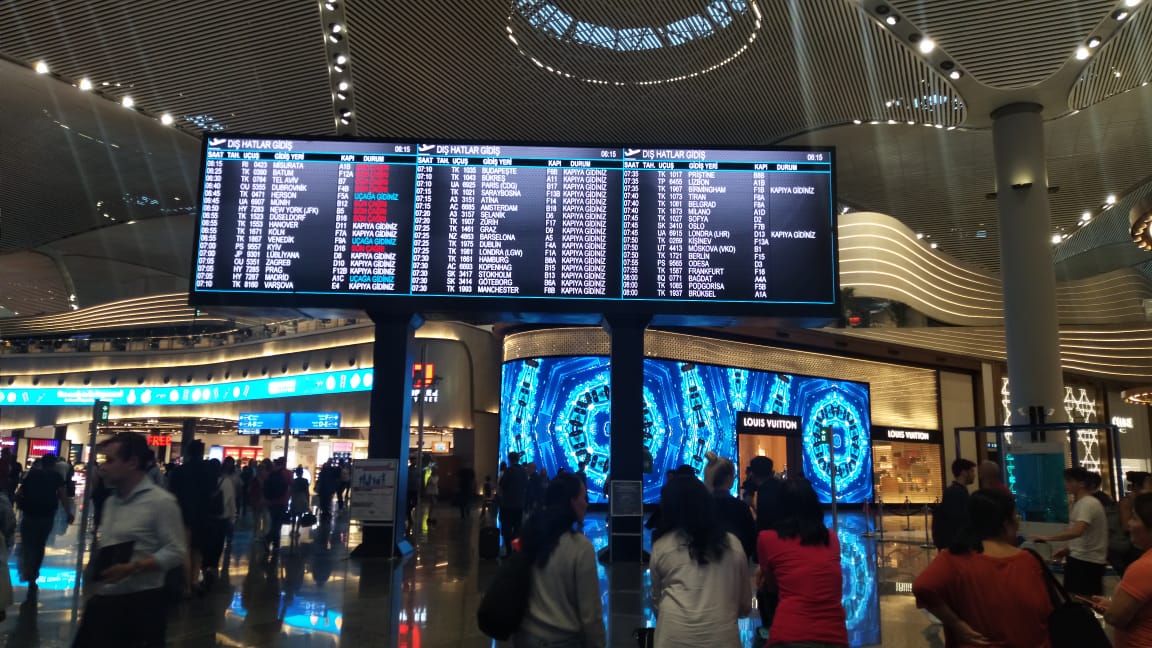
Go to the airport three to four hours before your flight as you need to get your boarding pass and line for immigration. You won’t be accommodated immediately if your flight is almost boarding, you are not the only one who has a flight or is in a hurry. Hindi ito time para sa Filipino Time.
Check your boarding pass
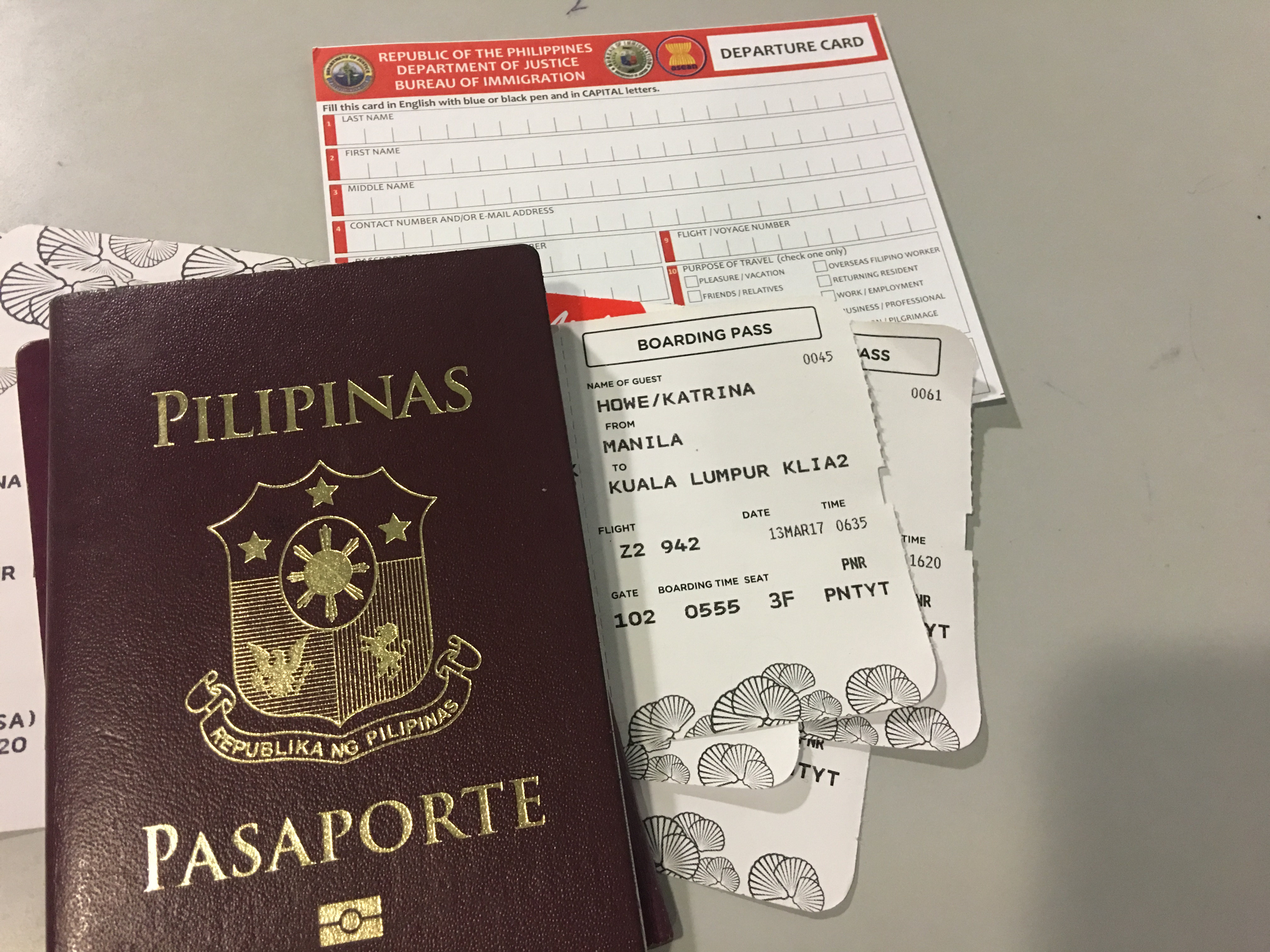
Know where your boarding gate is and what time you are boarding, so you won’t get lost after you pass through immigration. Plus, when you window shop within the airport, you’ll know what time to enter the plane.
Bring a pen
It’s better to have your pen since you will be writing your departure card to be passed to IO, baka mataas yung line for the free pen. Don’t forget to write legibly.
Dress Smart
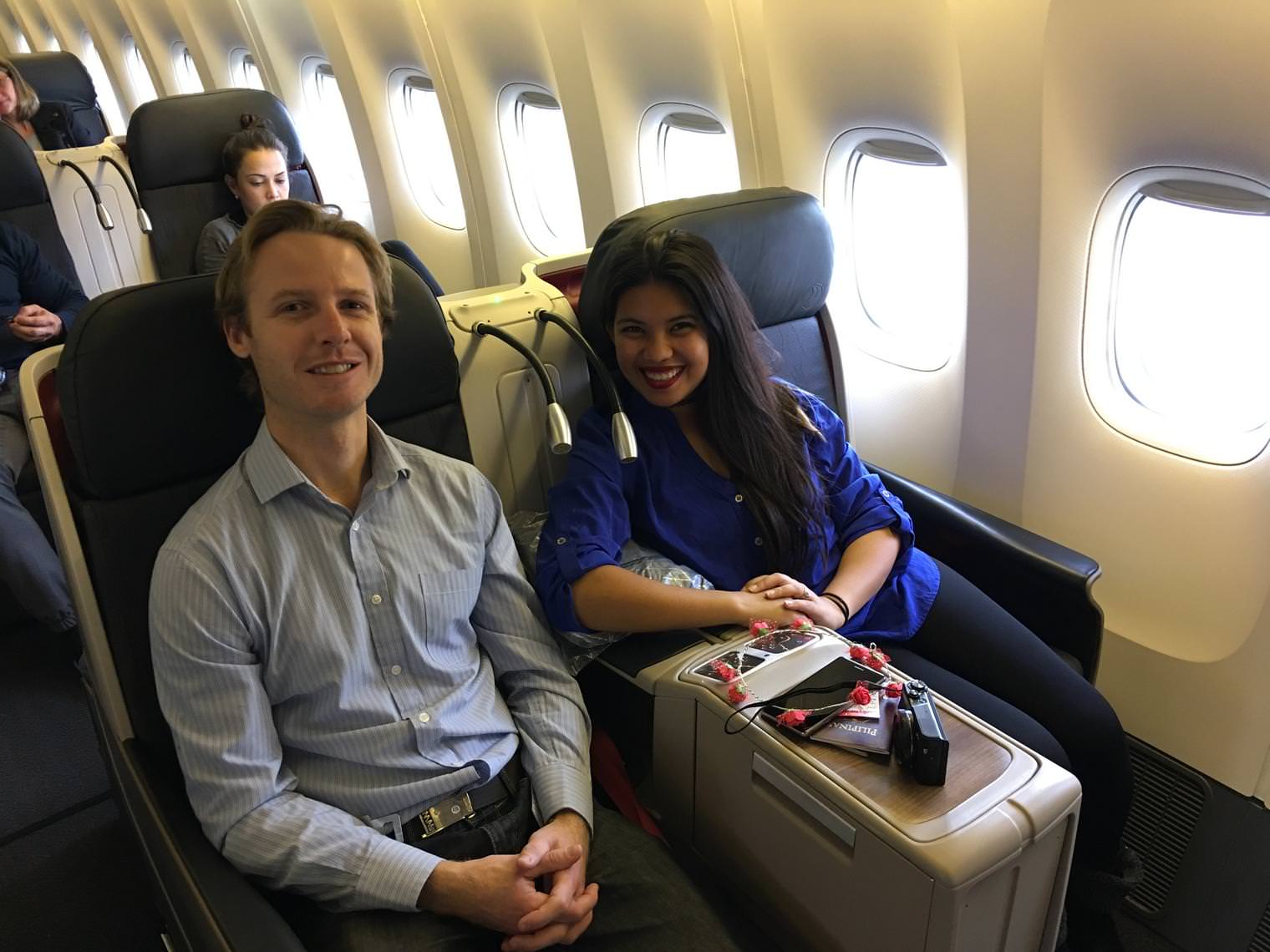
Dress smartly, wag pambahay, at least you are presentable; shirt, jeans, and shoes will do. You can also bring a jacket just in case it gets cold.
Relax when you’re talking with the Immigration Officer
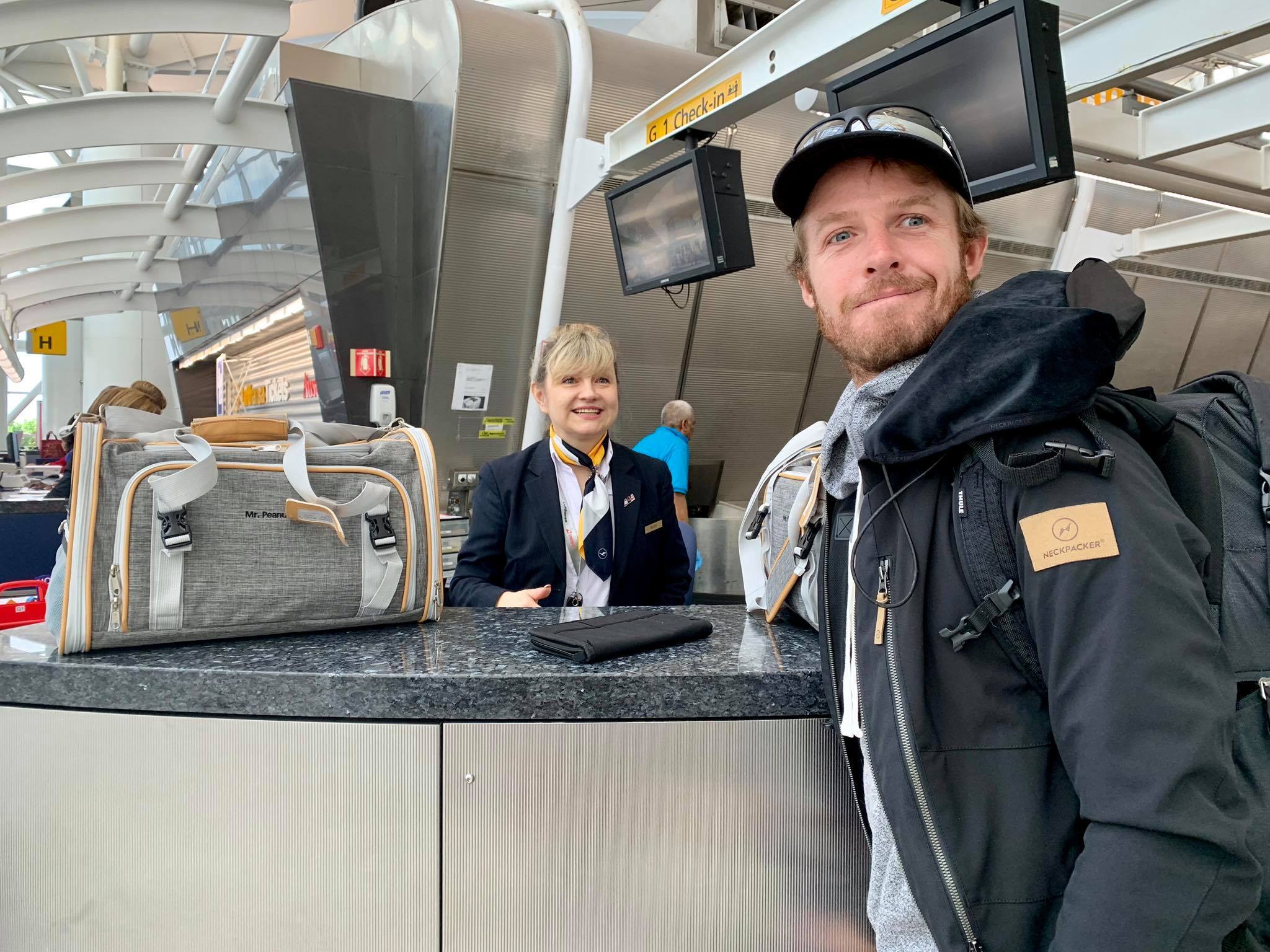
Before facing the IO, breathe in and out and pray. You got it! If you are there on tour and you want a vacation – claim it! Remember, they are people doing their job. Greet them a “good day” or smile and be polite. Give your passport, departure card, and boarding pass. Give documents when they are asked for by the IO.
Be Honest and Confident
Honesty is the best policy if you don’t have a job or a freelancer; tell them. There’s nothing wrong if you are unemployed or working online. Be consistent with your answers and give documents to prove your answer. Look at the IO eye to eye, if you’re not hiding anything then the officer will see it.
Do Not Offer Excess Information
“Do you have a job, what is it?” ”Who are you traveling with?” “When will you come back?” You can answer with a Yes or No or something with less than three words. Hindi ito pageant, so no need to respond in a paragraph. Many people are lining too, so you need to be quick. Plus if your answers are suspicious and not consistent, you’ll be subject to secondary inspection.
Enjoy Your Trip
Yehey, you got approved! Remember to enjoy your adventure.

If you traveling with a family, then it’s a plus since it’s somehow apparent you are there for a vacation. Especially if you have a kid with you, then it’s going to be hard to be a TNT or look for a job there. If you are also a frequent traveler then not many questions are asked. Philippine Immigration is a bit scary, but fear shouldn’t stop you from going to your dream destination. They are doing their job, and you can help them by providing honest answers.

Follow these Philippine Immigration tips, and it will help you pass the IO with ease even if you are unemployed or a home-based online worker or a freelancer. Enjoy your next adventure. Happy Travels!

Are you on Pinterest? Pin these!

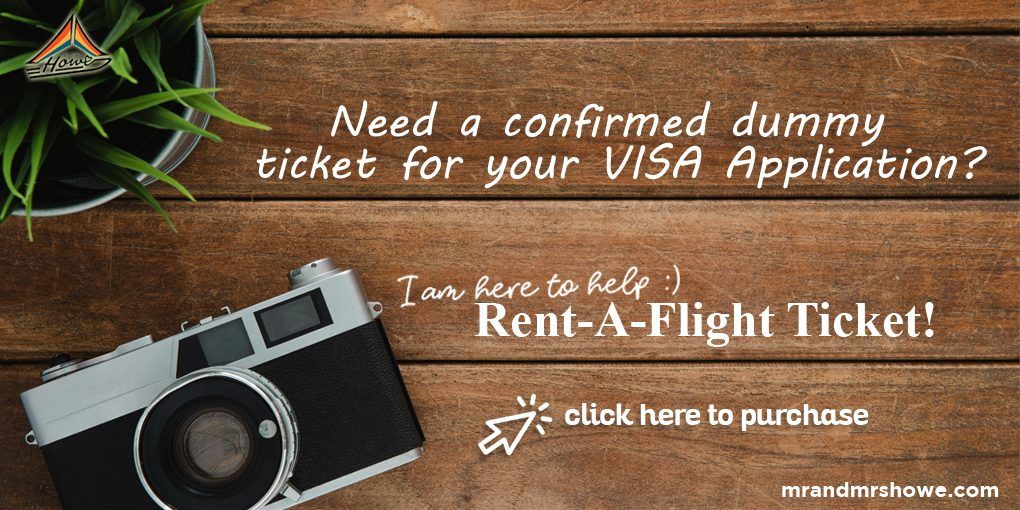
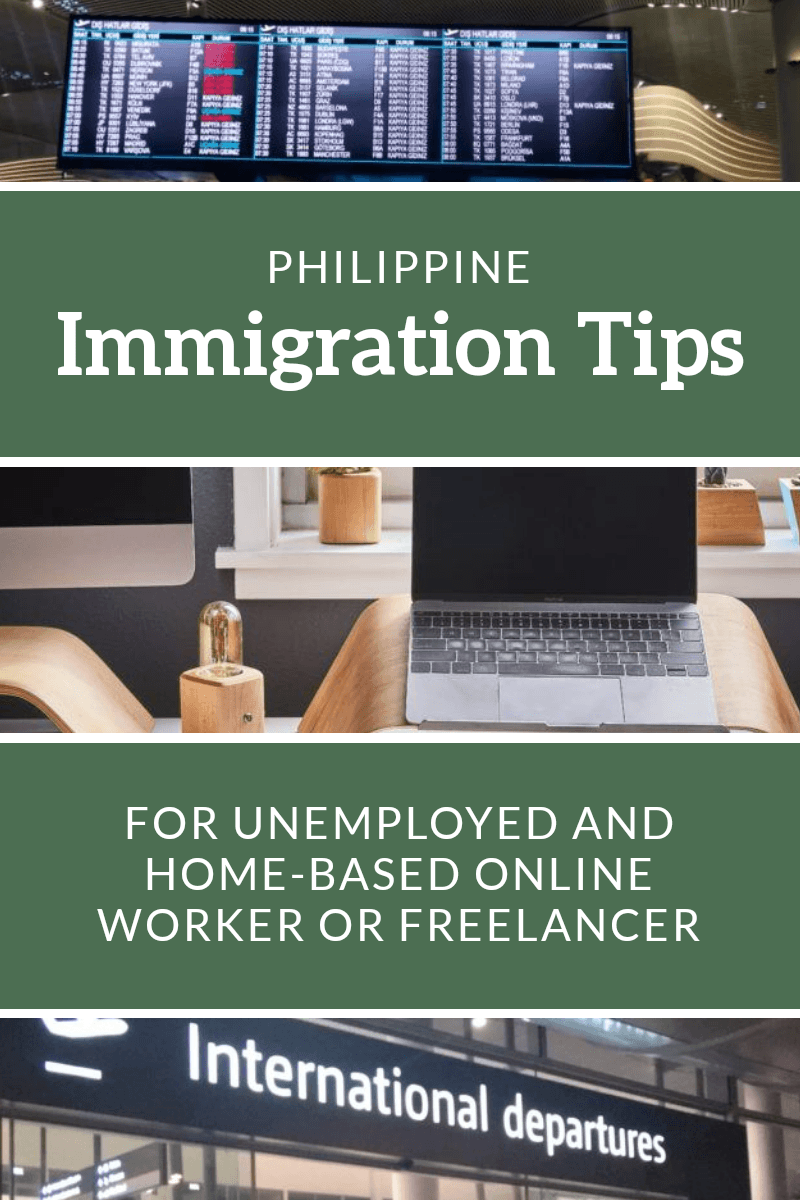
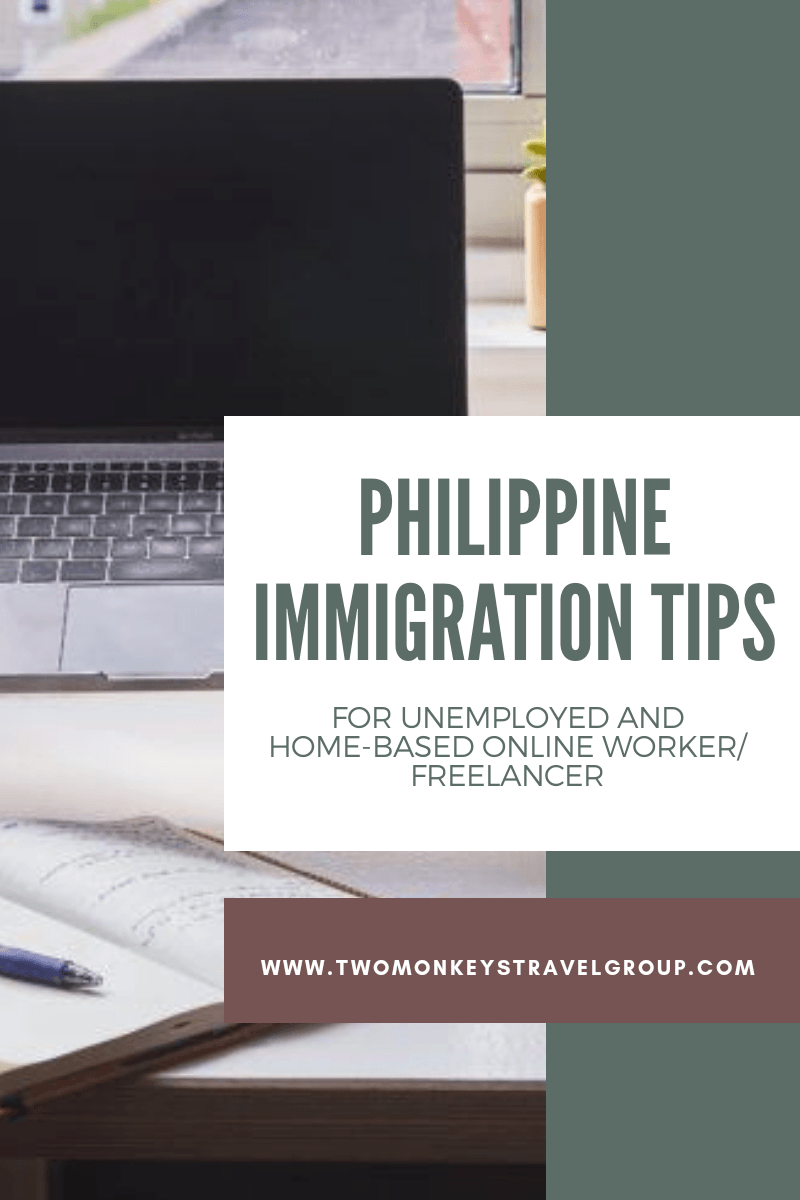
Hi. My employer didn’t gave me COE and leave of absence for my travel . So i did resigned. But i don’t have investment, or any properties here in Philippines. And now i still don’t have work coz I’m waiting my TOR.
Any suggestions for a proof of ties that i will return here in Philippines after visiting my boyfriend and his family?
Additional info, if you’re a freelancer make sure your contract is more than one year, if not you’ll still be offloaded. Since the contract of my current client is still 3 months old they’re not accepting this. I don’t understand why. I’m a freelancer and my contract takes months only. So make sure your contract is 1 yr or more.
Hello Kacg I’m wondering if you also have tips for Filipino freelancer traveling to abroad and declaring it as business trip instead of traveling for leisure. I’d like to stay for 30 days in a non visa country but I’m wondering if I can declare it as business trip rather than leisure. Hope you can help regarding this. Thank you very much.
For freelancers, do we also need ITR?
I have the same question. Freelancer din ako at wala pa fin akong ITR. I’m a first time traveller. Mandatory ba yung ITR?
Di naman.
once offload as tourist visa lack of documents…. is it possible to travel again as employment visa?
I am unemployed and boyfriend will pay our trip to Thailand cause he was inviting me to his country in Denmark, but their still close for filipino citizen and he can’t come in Philippines too because the boarder still close so we decide to meet in Thailand for the very first time is there is possibility that I get offload? Even I will provide all the documents need in immigration?
Hi everyone iam unemployed im working before in dubai as a waitress but in going back home since feb 17,2021 its question to IO that i have record im working before in dubai or not? And now i want to going back thier as a tourist my friend shoulder all my expense hotel booking everything etc.its possible i passed the IO intervw or offload
offload before as tourist visa due to lack of documents.. and now i am planning to go abroad as employment visa ” OFW : will IO would allow me to travel?
Hi Pauline ths side,I’m 24 years old from Manila . My indian Boyfriend is inviting me to go to his country to visit as a tourist and as we are dating each other since 2019 he wants to introduce me to his family but then it’ll be difficult for me as m a freelancer.last January 2020 me & my boyfriend had a plan to meet in Thailand but I was offloaded bound for Thailand even I showed return flight tickets, proof of accommodation, proof of our relationship like pictures and our conversations but IO offloaded me after verified everything.
My boyfriend work in India.He will sponsor my trip but I’m in doubt this time because of that incident, can I still travel to India How about my pending name in BI? Do you think this will affect me if I want to travel to India, As of now, I have no work, And I read the document required and one of the requirements is a company id if you have work. What would be the documents I should present for IO,? What would be the best thing I should do now.Is it possible to have an invitation letter from my boyfriend to proof that I just want to go there for vacation and meet his family.He will sponsor my trip
Please help! I need someone genuine advice…highly appreciated. Thank you so much…??
You might need to have a personal one and one coaching with Kach, here’s the link: https://mrandmrshowe.com/travel-coaching-kach-howe
hello! why did you get offloaded on your way to thailand? i’m also planning to meet my BF there so im curious. thank you!
I’m crez. Can I ask you something, last march 2016 I was offloaded bound for Thailand due to lack of documents to show up. So I decided not to go back anymore since they gave me a slip to complete all the said requirements like OEC, and etc., they knew that I want to go there for work purposes..
My boyfriend work in Thailand and he have a working permit now, he told me to visit him this September, but I I’m in doubt this time because of that incident, can I still travel to Thailand again? How about my pending name in BI? Do you think this will affect me if I want to travel to Thailand for vacation purposes only? , As of now, I have no work, I read your blog and one of the requirements is a company id if you have work. What would be the documents I should present for IO,? This time my intention is pure, I just want to visit my boyfriend. What would be the best thing I should do? Is it possible to have an invitation letter from my boyfriend to proof that I just want to go there for vacation and not for work.
Please help! I need your advice…highly appreciated. Thank you so much…
Hi! What documents should I show to them if I have spousal visa or spousal sponsorship? For example in Canada. They said that your are working as open work permit there with spouse visa? What documents are they needed?
Hi I wanted to go for a tourist in dubai.but I don’t have work.im former ofw.now I want to travel for tourist to enjoy.what should I do?.thank you.
I wanted to know that too. I am an ex-ofw wanted to travel just for leisure. I talked to a Travel Agent, she said I have a high chances of being “OFFLOAD” because I am an ex-ofw. In my mind I felt like being discriminated.
What document do i need to bring in case the IO will ask for any supporting document that I am a business owner here in the Philippines?
You can bring your a copy of your Business Registration (DTI and/or BIR).
Hello po. I have DTI permit already. Do I also need to get Mayors permit?
Depends on you po if you have mayors permit the better
It is ok just to bring DTI documents ?
Hi maam.. is it ok if only you have DTI permit? I dont have BIR permit.
minsan di hinihingi yan, pero sa visa applications yung iba walang BIR registration na ok naman.
hello pano nman po kung yung business is sa parent naka address at ikaw nag mamanage ano pwede ko dalhin na docs?